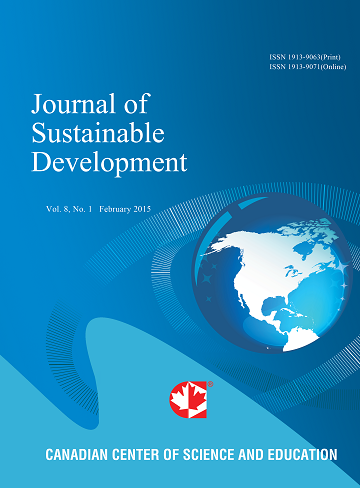Characterizing and Estimating Operational Cost Elements and Performance Metrics for Public Transport Modes in Sub-Saharan African Cities
- Gift Dumedah
- Hannibal Bwire
- Alex Johnson
- Albert Mwauzi
Abstract
Operation cost of public transport has been universally recognized as a vital consideration in its implementation, operation and management worldwide. The cost structure is even more complex in Sub-Saharan Africa (SSA), where the public transport system is dominated by paratransit, which is largely characterized by the private sector that owns, operates, maintains, and manages their vehicles separately. There is limited knowledge of paratransit cost structure, the extent to which they vary by mode, and their use in fare-setting and the design of regulatory policies. Accordingly, this study characterized and quantified several operational cost elements in the form of Key Performance Indicators (KPIs) for paratransit modes in two SSA cities: Accra-Ghana and Dar es Salaam-Tanzania. Vehicle-make in Accra-Ghana is mainly Mercedes Benz and Toyota, whereas those in Dar es Salaam-Tanzania are Toyota, Nissan, and Bajaji tricycles. Diesel is the most popular vehicle propulsion followed by petrol in both cities. Our findings show higher vehicle utilization and better fuel consumption in Dar es Salaam-Tanzania compared to Accra-Ghana. Findings further indicate higher economic and environmental efficiency in minibuses compared to taxis and three-wheelers, with Dar es Salaam-Tanzania achieving better outcomes than Accra-Ghana in revenue generation, fuel consumption, and safety conditions. Daily revenue generation is higher, 75.1USD in Dar es Salaam-Tanzania compared to 46.3USD in Accra-Ghana. The overall expenditure is higher, 0.41USD/km in Accra-Ghana than 0.28USD/km in Dar es Salaam-Tanzania. Safety-related KPIs including kilometers per accident, kilometers per mechanical breakdown, and kilometers per tyre carcase show favourable conditions in Dar es Salaam-Tanzania compared to Accra-Ghana. These insights provide essential data to inform fare-setting, regulatory policies, and operational management of paratransit services in SSA. Overall, this study has established the cost structure for paratransit modes in the study cities, making available vital data and knowledge to underpin practical engagement, operational management, and governance of paratransit services in SSA.
- Full Text:
 PDF
PDF
- DOI:10.5539/jsd.v18n2p100
Journal Metrics
Index
- Academic Journals Database
- ACNP
- AGRICOLA
- ANVUR (Italian National Agency for the Evaluation of Universities and Research Institutes)
- Berkeley Library
- CAB Abstracts
- CNKI Scholar
- COPAC
- CrossRef
- DTU Library
- EBSCOhost
- Elektronische Zeitschriftenbibliothek (EZB)
- EuroPub Database
- Excellence in Research for Australia (ERA)
- Genamics JournalSeek
- GETIT@YALE (Yale University Library)
- Ghent University Library
- Google Scholar
- Harvard Library
- INDEX ISLAMICUS
- Infotrieve
- Jisc Library Hub Discover
- JournalGuide
- JournalTOCs
- LOCKSS
- Max Planck Institutes
- MIAR
- Mir@bel
- NewJour
- Norwegian Centre for Research Data (NSD)
- Open J-Gate
- PKP Open Archives Harvester
- Pollution Abstracts
- Publons
- Pubmed journal list
- RePEc
- ROAD
- SafetyLit
- Scilit
- SHERPA/RoMEO
- Standard Periodical Directory
- Stanford Libraries
- UCR Library
- Ulrich's
- UniCat
- Universe Digital Library
- UoS Library
- WJCI Report
- WorldCat
- WorldWideScience
- Zeitschriften Daten Bank (ZDB)
Contact
- Sherry SunEditorial Assistant
- jsd@ccsenet.org
